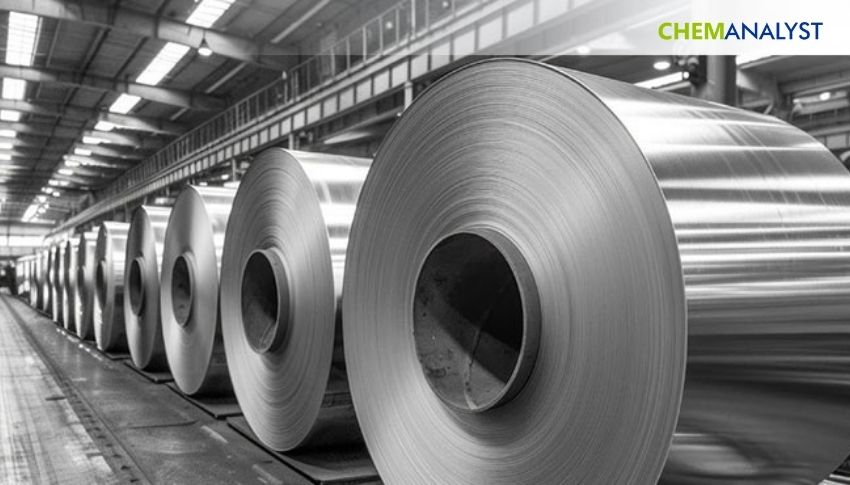Welcome To ChemAnalyst

HRC prices in Germany and Italy remained stable during the first week of June 2025 before declining in the second week due to weak demand, cautious buyer sentiment, and import competition pressure.
European Hot Rolled Coil (HRC) markets demonstrated a two-phase pattern over the first half of June 2025. In the first week, Germany and Italy experienced price stability prior to a simultaneous decline of 0.2% in price in the second week of the month. This pattern demonstrates ongoing weakness in demand and hesitancy among buyers.
Key Market Takeaways:
As expected, Germany's HRC market performed the expected stability-to-declining path in early June. In the first week after the White Monday holiday, we saw HRC prices held. However, sentiment was decidedly bearish. While mill offers for July delivery HRC held, the gulf between seller expectations and buyer valuations very much continued to widen.
German buyers notably voiced concerns about the upcoming timeline, with one market player warning of more declines to come by the end of the year. The combination of low demand and regulatory changes ahead formed an overall negative perspective that hindered any new purchasing commitments. By the second week, this negative sentiment ended up being transcribed into a slight drop of 0.2% in price as sellers lowered their expectations.
The HRC Italian market was closely watching Germany for its price direction but was also factoring in continuing import competition. In week one, HRC may have been stable, however the underlying fundamentals were very weak. Domestic mills were initially offering lower prices to existing customers, they gradually reduced and started offering new pricing toward the end of the week. Customers in Italy went through volumes shipped from tonnages they had previously ordered. No customers were signalling any new buying.
The 0.2% decrease in the second week in Italy was a result of weak domestic demand and competitive import offers, in particular offers from imports from Indonesian and Indian suppliers. While imports were priced competitively, buyer activity was limited because of concern over safeguard measures and industries undertaking measures which were rendering final landed costs to be too high.
Import competition was central to the HRC pricing dynamics in both markets. Indonesian and Indian suppliers had increasingly competitive prices, but European buyers were reticent to purchase for shipping reasons or uncertainties over the regulations. Mixtures of safeguard duties and environmental compliance led to inconsistent total costs which discouraged import purchasing decisions.
Market stakeholders were worried about the tough summer ahead, and that seem like a time that will worsen into new US duties taking place in July. This type of forward-looking pessimism added to the low transactional activity and supported the slow price descent in week two.
According to ChemAnalyst, the HRC market will face continued downward pressures for the remainder of June, especially as seasonal demand is likely to weaken the longer, we go in the month and buyers stick to their cautious purchasing habits. It is possible the stability-to-decline of HRC prices observed at the beginning of June represents the start of a more pronounced HRC summer correction and further price adjustments will be underway as market participants prepare themselves for the traditional European summer vacation period and any potential regulatory uncertainties remain about domestic HRC production strategy and alternative import strategies.
We use cookies to deliver the best possible experience on our website. To learn more, visit our Privacy Policy. By continuing to use this site or by closing this box, you consent to our use of cookies. More info.
